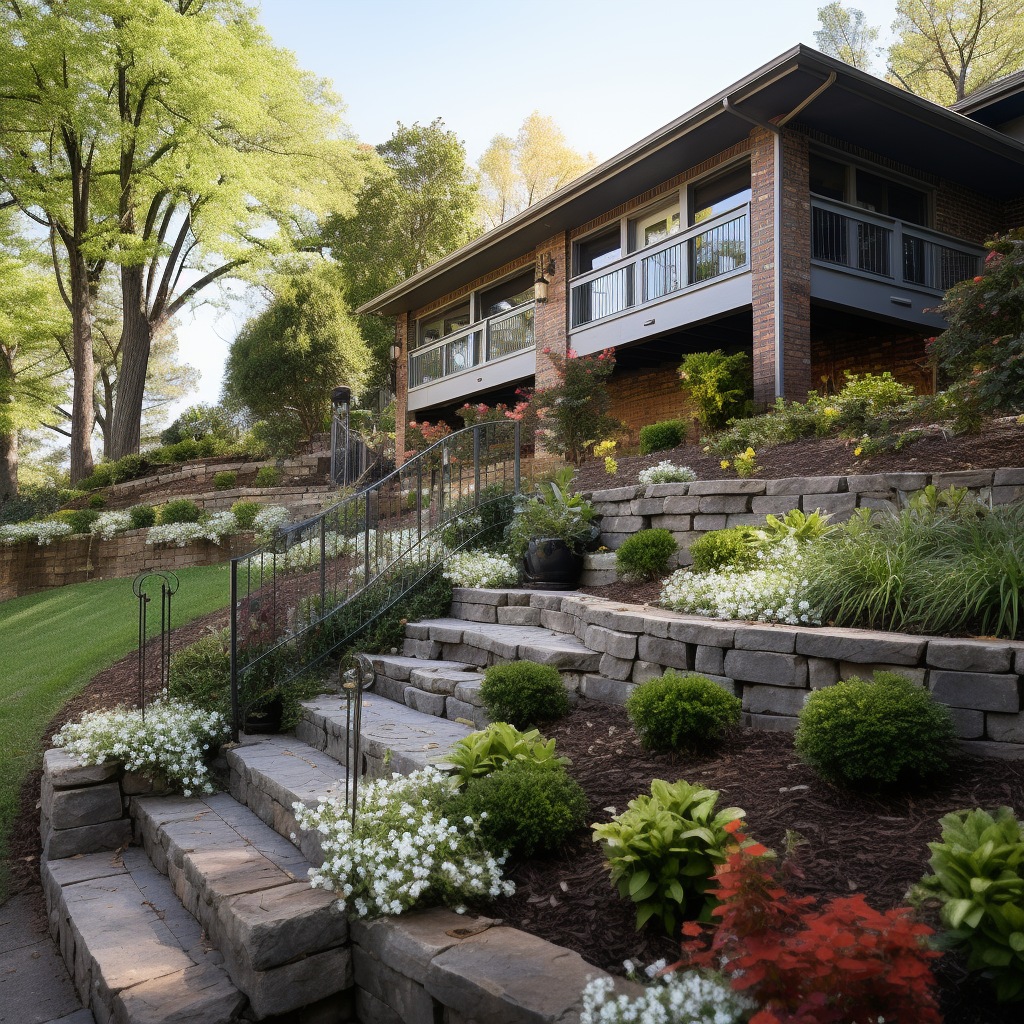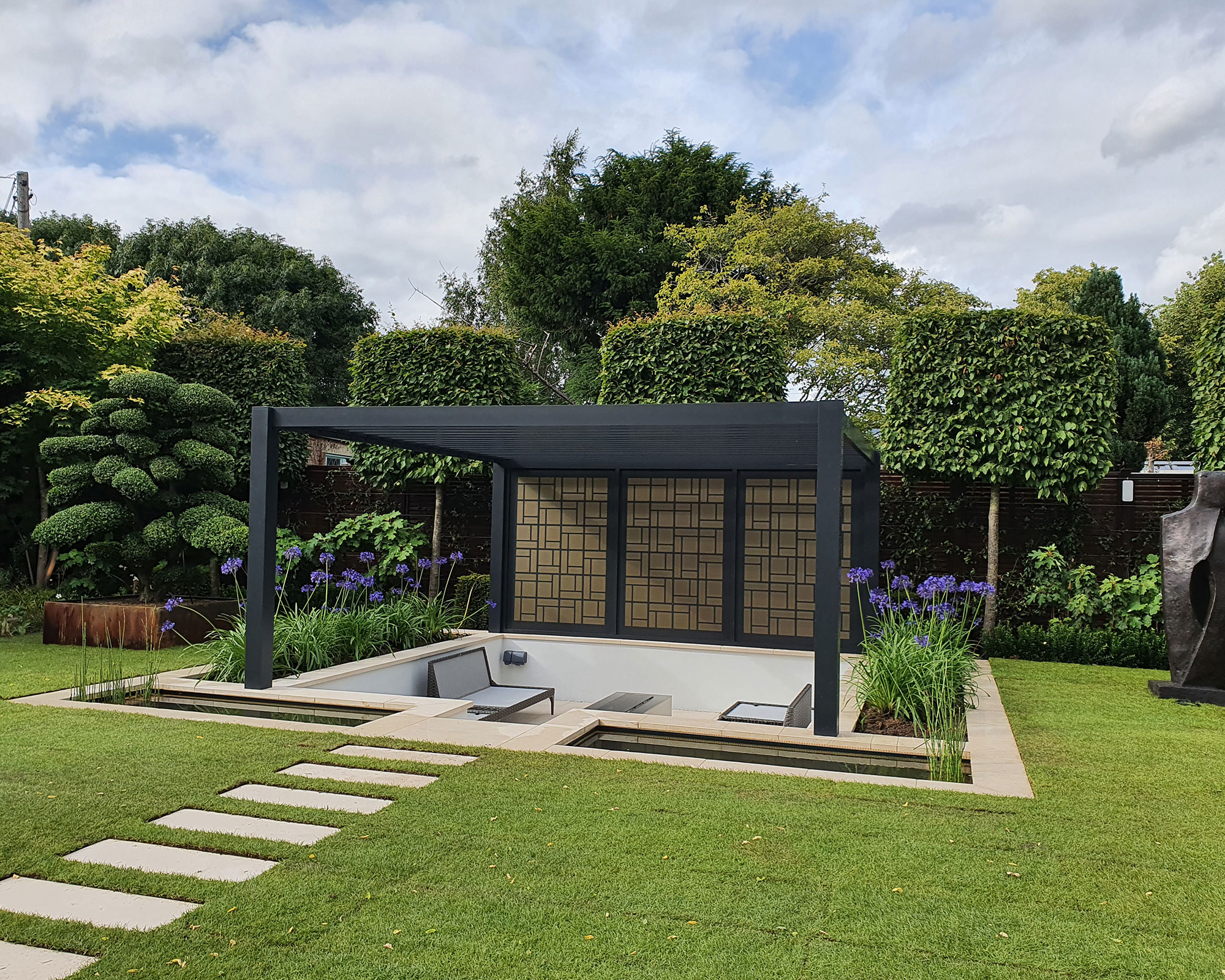The smart Trick of Hilton Head Landscapes That Nobody is Talking About
The smart Trick of Hilton Head Landscapes That Nobody is Talking About
Blog Article
The 2-Minute Rule for Hilton Head Landscapes
Table of ContentsWhat Does Hilton Head Landscapes Mean?The Single Strategy To Use For Hilton Head LandscapesHilton Head Landscapes Things To Know Before You BuyFascination About Hilton Head LandscapesHilton Head Landscapes Can Be Fun For EveryoneExcitement About Hilton Head LandscapesHow Hilton Head Landscapes can Save You Time, Stress, and Money.Some Known Facts About Hilton Head Landscapes.
Kind compatibility is additionally a significant component of unity in designone or 2 noticeably different kinds are great for comparison and emphasis, yet normally all other kinds need to have some similarities for an unified look. Structure describes just how crude or fine the surface area of the plant or hardscape material really feels and/or looks.
Instances of plants with rugged structure include philodendrons, agaves, bromeliads, hollies, palms, and hydrangeas. Hardscape with rugged texture consists of rough-cut stone, rough-finished brick, and incomplete timber with knots and a raised grain. Matured or old building and construction product that maintains a weather-beaten surface area is commonly coarse in appearance. Features that create great texture consist of little foliage; thin, strappy fallen leaves (yards) or tall, thin stems; small, thick twigs and small branches; long stems (creeping plants); and small, delicate flowers.
All About Hilton Head Landscapes
The majority of plants are medium structure, in that they can not be referred to as having either rugged or fine texture. They are identified by medium-sized fallen leaves with basic forms and smooth edges. The average-sized branches are not largely spaced nor widely spaced, and the general form is typically rounded or mounding. Medium-textured plants work as a background to link and unify the crude- and fine-textured plants.

To make a space really feel smaller, put the crude textures along the external perimeter and the great textures closest to the visitor. The information of the crude appearance makes the plants appear closer and makes the space really feel smaller sized. The viewed appearance of plants can likewise change with the range from the plant.
Fascination About Hilton Head Landscapes
Vibrant shades enhance the contrast and make the appearance appear coarser, while soft shades can flatten texture. Hardscape with a coarse texturesuch as very harsh rocks and strong, big timberstends to make all plant product show up much more moderate distinctive. Designers commonly establish a structure research study (Number 8) theoretically to aid choose the plan of plant materials.
Number 8. Appearance study. Shade in plant product and hardscape includes rate of interest and variety to the landscape. Color is one of the most noticeable element see this site in the landscape and is typically the focus of many property owners; nonetheless, it is likewise the most temporary component, normally lasting just a few weeks a year for specific plants.
See This Report about Hilton Head Landscapes
A straightforward description of the color wheel consists of the three main shades of red, blue, and yellow; the 3 second colors (a mix of two primaries) of green, orange, and violet; and six tertiary shades (a mix of one adjacent key and secondary shade), such as red-orange. Shade concept discusses the connection of shades to every other and how they must be made use of in a structure.

Comparable (in some cases called unified) color design are any 3 to 5 shades that are nearby on the color wheel, such as red, red-orange, orange, yellow-orange, and yellow, or blue, blue-violet, and violet (Landscapers near me). The colors belong to every other because they generally consist of two key colors blended to form an additional and 2 tertiary shades, which suggests they share typical properties
Complementary colors are commonly found naturally in flowers; a typical pair is yellow and violet. Shade is discovered in the blossoms, vegetation, bark, and fruit of plants.
The Single Strategy To Use For Hilton Head Landscapes
Eco-friendly vegetation in all its different shades is the dominant color by amount, yet various other shades capture focus quicker because of their high comparison to the shade environment-friendly. Color is additionally located in structures, rocks, pavers, wood, and furniture. Many shades in all-natural materials, such as stone and timber, are typically muted and have a tendency to be variants of brown, tan, and pale yellow.
Colors have homes that can impact emotions, spatial assumption, light top quality, equilibrium, and emphasis. Trendy colors tend to be relaxing and should be made use of in locations for relaxation and peacefulness.
The Only Guide for Hilton Head Landscapes
The "temperature level" of shades can additionally affect the assumption of distance. Trendy shades tend to recede and are perceived as being further away, making a room feel larger. Warm colors often tend to advance and are perceived as being better, making an area really feel smaller. Color can likewise be made use of to record attention and straight sights.
As an example, intense yellow, which has the highest intensity, also has a high contrast with all other shades (frequently referred to as a "pop" of shade) and must be conserved. A small amount of intense color has as much aesthetic weight as a large quantity of an extra subdued or weaker color.
Comparable (occasionally called unified) color design are any 3 to 5 shades that are surrounding on the color wheel, such as red, red-orange, orange, yellow-orange, and yellow, or blue, blue-violet, and violet. The colors relate to each other since they commonly include 2 key shades mixed to create an additional and 2 tertiary shades, which suggests they share typical properties.
Not known Factual Statements About Hilton Head Landscapes
Corresponding shades are usually located naturally in blossoms; a common pair is yellow and violet. Color is found in the blossoms, vegetation, bark, and fruit of plants.
Eco-friendly vegetation in all its different tones is the dominant shade by amount, but various other colors catch focus quicker as a result of their high contrast to the color environment-friendly - Landscapers near me - https://sketchfab.com/h1tnhdlndscps. Shade is additionally found in buildings, rocks, pavers, timber, and furniture. A lot of colors in natural materials, such as stone and wood, are typically muted and tend to be variations of brown, tan, and pale yellow
See This Report about Hilton Head Landscapes
Colors have residential or commercial properties that can affect emotions, spatial perception, light top quality, equilibrium, and focus. Great shades have a tendency to be calming and should be used in locations for leisure and tranquility.
Cool shades have a tendency to recede and are viewed as being farther away, making a room feel bigger. Shade can likewise be used to record focus and straight sights - https://packersmovers.activeboard.com/t67151553/how-to-connect-canon-mg3620-printer-to-computer/?ts=1719958014&direction=prev&page=last#lastPostAnchor.
For instance, bright yellow, which has the highest possible strength, also has a high contrast with all other colors (frequently called a "pop" of shade) and need to be made use of sparingly. A percentage of extreme color has as much aesthetic weight as a big amount of a more subdued or weak color.
Report this page